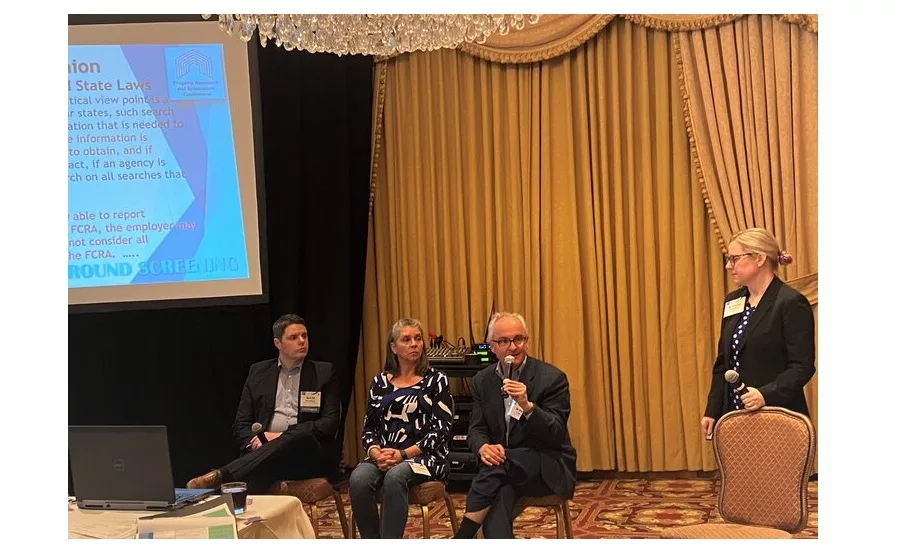PIRC Adopts Recommended Industry Background Screening Standard, Addresses Industry Definitions

The Property Insurance & Restoration Conference (PIRC) recently held its latest meeting in Salt Lake City, Utah included the attendee adoption of a Recommended Background Screening Standard. As vocalized by participants spanning multiple industry segments, the lack of a standard for completing background screenings has led to widely varying requirements from the insurance companies and third-party administrators. The compliance to these variables affects all segments in areas of efficiency and workforce management.
“PIRC is here to find areas of possible improvement which increase efficiency and effectiveness toward the conference’s vision of a sustainable property insurance and restoration industry in which all segments work together to enable a complete, safe, timely and quality restoration,” commented Jordan Hendler, PIRC Organizer. “We hope to see this recommended standard utilized to improve current burdens on contractors, insurers and TPAs, as well as lessen the liability for all involved.”
The lack of a standard for background screening was an issue identified by the body several years ago, and the Background Screening Committee put forth the recommendation as a draft in multiple previous meetings to gain feedback. As the group identified areas of common specifications, they also addressed the need to have considerations for the FCRA and EEOC rules and regulations. It is the protection of the policyholder as well as workforce recruiting and retention that presented the balance the committee sought to encompass in one set of rules. The group is also careful to say that this is not an employment or hiring standard, which leaves the employment decision to the contractors.
As adopted, the recommended standard would be considered an “open standard”, meaning it could be used by anyone in the industry. The committee is continuing to work on the implementation strategies, as well as a template format for the screening results. Feedback to the adopted standard will still be considered by the group, and can be submitted through the PIRC website.
Also discussed at the meeting were several committee work products and updates. The Governmental presentation went over considerations of the California Household Movers Act, as well as the now international issue of the Coronavirus and what considerations restoration contractors could make in the process of eradication. Presenter Cole Stanton gave detailed information to attendees on the California Movers Act and the inclusion of property restoration companies with help from Kim Cunha of SERVPRO who is working on the issue with constituents in the state. New permitting and billing requirements are a key factor of the compliance issues surrounding the change.
The Definitions Committee surveyed the meeting attendees as to their opinion for a list of “Overhead items”. They were asked to categorize each item into overhead or direct costs. At the end of the day, the committee returned the results. While some items showed a majority response to either category, many lacked consensus and revealed an opportunity for the committee to bring clarity.
The committee also reported on a survey as to the definitions of industry terms, including “job start”, “overhead and profit”, “date of completion”, and “customer contacted” which were all suggested to be reviewed for simplicity in understanding. Within this lively discussion additional terms used by multiple segments were identified for the committee to consider.
A 3D technology presentation by Brandon Donatelli from Matterport covered not just the advancements in this area, but also the possibility of a 3D addendum to the previously approved Best Practices for Photo Documentation.
The PIRC-CEICA Data Standards committee showcased multiple workflow gap submissions from their recent open survey asking for participants to give instances where their data does not integrate between systems and requires a manual process. The discussion from participants, exceeding the allotted time by nearly an hour, went into the possible areas of industry gain in efficiency, effectiveness and reporting of the varied data points related to a claim. Identified data included claim data, estimate data, insured information, and supporting documentation.
Regular updates are given to all participants or interested parties of PIRC through weekly emails, and you can join that list by emailing your contact information to info@gotopirc.com
Looking for a reprint of this article?
From high-res PDFs to custom plaques, order your copy today!



